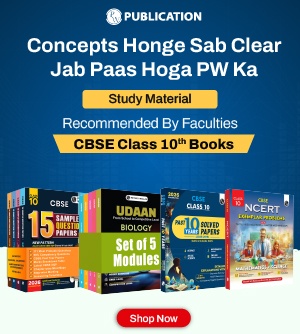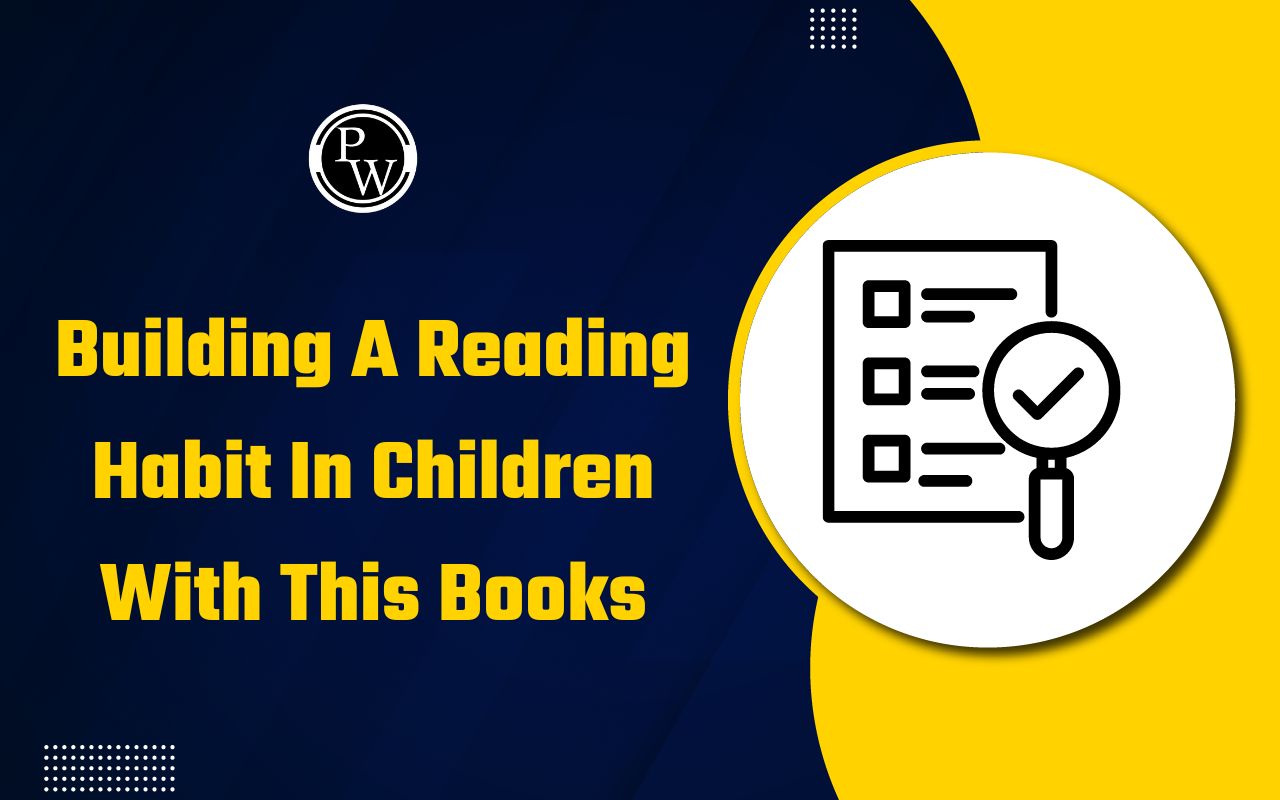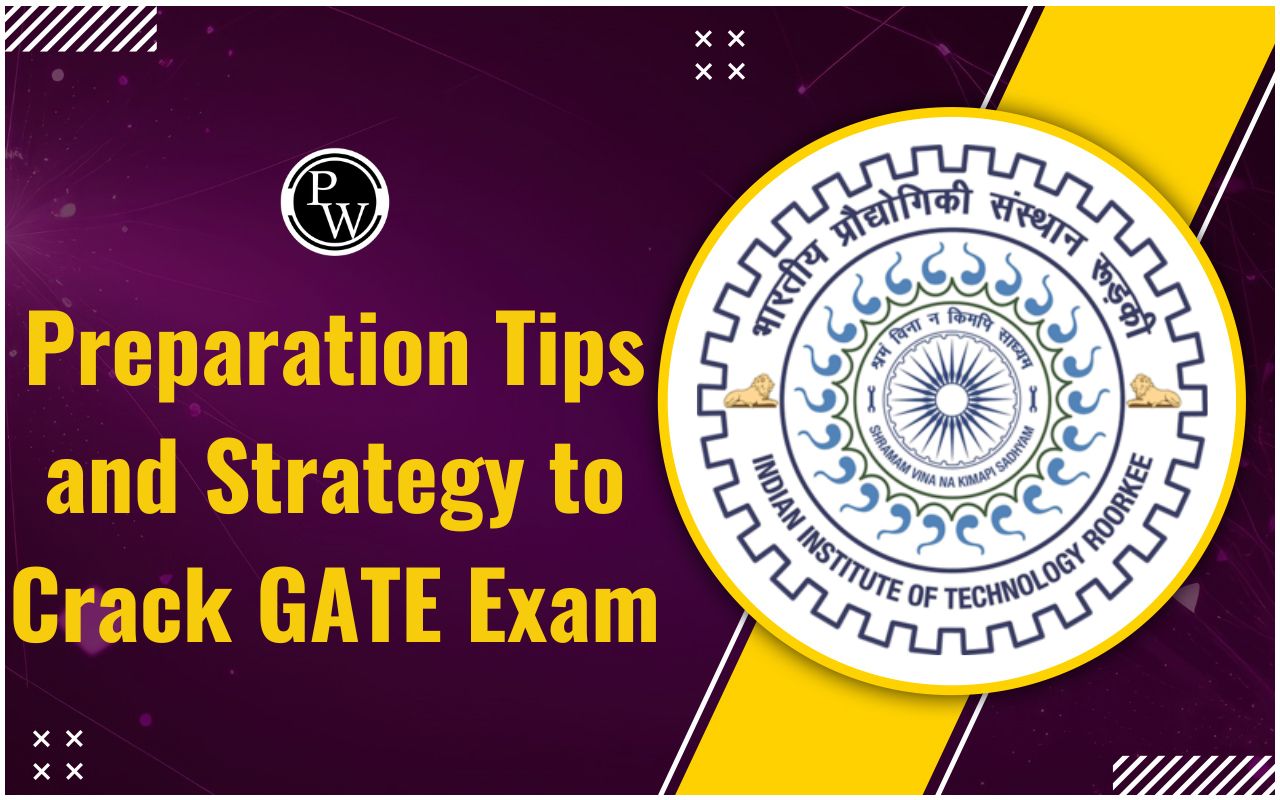NCERT Solutions for Class 10 Science, Books for Science

NCERT Solutions for Class 10 Science are very helpful for students preparing for exams. They give clear, step-by-step answers to all questions in the NCERT Science textbook, covering Physics, Chemistry, and Biology. These solutions help students understand difficult concepts, solve numerical problems, and clear doubts easily. Along with NCERT Solutions, using the right CBSE class 10 books for Science is important. Extra books and guides provide more practice questions, sample papers, and explanations to help students revise better. Together, NCERT Solutions and Science books help students build a strong understanding of the subject, practice effectively, and prepare well for exams. They also make it easier to answer questions confidently and score good marks. Using these study materials regularly can improve learning, speed, and accuracy. Overall, NCERT Solutions and Science books are essential tools for Class 10 students to succeed in their Science exams.
10 Class NCERT Science
NCERT Solutions for Class 10 Science are like helpful guides that make learning easier. They contain important information that makes understanding tough topics simpler, especially when preparing for the Class 10 board exams. By going through the answers to the questions in your textbook, you can figure out what you know well and where you might need more practice. Our faculty designed these solutions to make sure you get the hang of all the topics in your CBSE Class 10 Science syllabus in a way that's easy to understand.
NCERT Class 10 Chapters
Here are the list of NCERT Class 10 Chapters:-
|
Chapter Number |
Chapter Title |
|
1 |
Chemical reactions and equations |
|
2 |
Acids, Bases and Salt |
|
3 |
Metals and Non-metals |
|
4 |
Carbon and Its Compounds |
|
5 |
Periodic Classification of Elements |
|
6 |
Life Processes |
|
7 |
Control and Coordination |
|
8 |
How Do Organisms Reproduce? |
|
9 |
Heredity and Evolution |
|
10 |
Light Reflection and Refraction |
|
11 |
The Human Eye and Colourful World |
|
12 |
Electricity |
|
13 |
Magnetic Effects of Electric Current |
|
14 |
Our Environment |
Check Out: CBSE Class 10 Sample Papers
NCERT Solutions for Class 10 Science Chapters Brief:
Chapter 1 – Chemical Reactions and Equations
In Class 10 Science Chapter 1, candidates will learn about chemical reactions and equations. It shows how to write equations and understand different types of reactions, like combining things, breaking them apart, swapping, and more. The chapter explains balanced equations, where everything is in the right amount.
Candidates will explore examples of reactions that give off heat (exothermic) or absorb it (endothermic). It also talks about redox reactions, a mix of reduction and oxidation. Overall, candidates will get the hang of various reactions with easy examples and understand how they work through simple equations.
Chapter 2 – Acids, Bases and Salt
In Class 10 Science Chapter 2, candidates will explore acids, bases, and salts. The chapter explains that sour foods have acids, and bitter ones have bases. It covers how acids taste sour, turn blue litmus paper red, while bases taste bitter and turn red litmus paper blue. Candidates will learn about reactions between acids and bases, how they neutralize each other, and their practical applications in daily life. The chapter delves into chemical properties, reactions with metals, and experiments showing how acids and bases behave in water. Candidates will discover the importance of pH in everyday life and finish with insights into salt preparation, properties, and uses.
Chapter 3 – Metals and Non-metals
In Class 10 Science Chapter 3, candidates will learn about metals and non-metals. Metals have shiny appearances and can be stretched, bent, and conduct heat and electricity. They are usually solid, except for mercury. The chapter explains their properties like being stretchable, bendable, and strong. Non-metals, such as carbon and oxygen, can be solid or gas, except for bromine, which is liquid.
The section on chemical properties of metals discusses their reactions with substances like oxygen and acids, based on their reactivity. Ionic compounds, formed by electron transfer, are introduced, along with their properties. Metallurgy, the process of extracting and refining metals, is covered, and the chapter concludes with a discussion on corrosion and ways to prevent it. Topics Covered: Metals and nonmetals properties, reactivity series, ionic compounds formation, basic metallurgical processes, corrosion, and prevention.
Chapter 4 – Carbon and Its Compounds
In Class 10 Science Chapter 4, we'll explore more compounds and learn about the importance of carbon. Carbon is essential for living things and many everyday items. We'll discuss covalent bonds formed by sharing electrons, focusing on how carbon bonds with hydrogen, oxygen, sulphur, nitrogen, and chlorine. We'll look at different types of organic compounds, like saturated and unsaturated ones, and understand examples like methane and ethane. The chapter covers chemical properties of carbon compounds, such as combustion, oxidation, addition, and substitution reactions. We'll also study important compounds like ethanol and ethanoic acid, and finish with an explanation of soaps and detergents, including their structures and uses.
Topics Covered: Covalent bonding in carbon compounds, versatile nature of carbon, homologous series, naming compounds, saturated and unsaturated hydrocarbons, chemical properties (combustion, oxidation, addition, substitution), ethanol, ethanoic acid, soaps, and detergents.
Chapter 5 - Periodic Classification of Elements
Class 10 Science Chapter 5, Periodic Classification of Elements, introduces students to one of the most important concepts in Chemistry. This chapter explains how scientists arranged elements in a systematic manner based on their properties to make their study easier. It highlights the early attempts of classification, like Dobereiner’s Triads and Newlands’ Law of Octaves, and then moves on to Mendeleev’s Periodic Table and its advantages. Finally, it covers the Modern Periodic Table, which is widely accepted today. By learning this chapter, students understand trends like valency, atomic size, and metallic character, making Chemistry more logical and organized.
Chapter 6 – Life Processes
NCERT Class 10 Science Chapter 6 talks about Life Processes, which are the essential activities all living beings do. These include movement, breathing, growth, reproduction, getting rid of waste, and nutrition. Nutrition is about taking in food and using it for growth and energy. It has steps like eating, breaking down food, absorbing nutrients, moving them around, using them, and getting rid of leftovers. Nutrition can be Autotrophic (using sunlight) or Heterotrophic (relying on others for food). Humans follow a process of eating, breaking down food, absorbing nutrients, using them, and getting rid of waste. The chapter also covers breathing, explaining the human respiratory system and how we get energy from food.
Transporting things like oxygen and nutrients is done by the circulatory system in humans and vascular tissue in plants. Removing waste is explained for both humans and plants. Topics Covered in Class 10 Science Chapter 6 Life Processes are:
Life processes, are basic concepts of how plants and animals eat, breathe, move nutrients, and get rid of waste.
Chapter 7 – Control and Coordination
In Class 10 Science Chapter 7, we learn about control and coordination, which are like the managers in our body, ensuring everything works smoothly. Think of them as the traffic controllers directing signals in plants and animals. The nervous system is like an electrical network, sending messages quickly. Reflex actions are like instant reactions, while voluntary actions are when we decide to move.
Chemical coordination, using hormones, is also explored. Hormones act like messengers, travelling to different parts of the body to make things happen. The chapter covers plant movements, introduces plant hormones, and explains how our nervous system works, including voluntary and reflex actions, and animal hormones. Topics Covered in Class 10 Science Chapter 7 Control and Coordination:
Control and coordination in plants and animals, plant movements, plant hormones, animal nervous system, voluntary and reflex actions, and animal hormones.
Check Out: CBSE Class 10th Previous Year Papers
Chapter 8 – How Do Organisms Reproduce?
In Class 10 Science Chapter 8, "How Do Organisms Reproduce," we learn about how living things make new individuals. Some use simple methods like splitting into two (fission), while others can grow new parts or buds. Plants can even create new individuals from their roots or stems. This is like a solo performance, creating a new generation from a single individual. Sexual reproduction involves teamwork, where two individuals combine their information to create a new one. We explore how flowers use pollen and eggs to make seeds. The chapter also covers changes in our bodies during puberty, how humans make babies, and ways to plan when to have a family.
Chapter 9 – Heredity and Evolution
In Class 10 Science Chapter 9, "Heredity and Evolution," we learn about how parents pass on traits to their children. Both moms and dads contribute to a person's traits through their DNA. The chapter also covers how sex is determined in different species. It explains that changes caused by the environment in non-reproductive tissues are not passed on. The chapter discusses speciation, where new species form due to geographical separation.
We also explore evolutionary relationships by tracing common ancestors and understanding that life may have started from non-living material. Evolution is not a straightforward progression; it results in diverse body designs. The chapter also looks into human evolution, suggesting we all come from a common African origin.
Chapter 10 – Light Reflection and Refraction
In Class 10 Science Chapter 10, we learn about how light reflects and bends. We start with the basics of light travelling in a straight line. The chapter covers how light reflects off spherical mirrors and bends in a process called refraction. We also explore the practical uses of these phenomena. The types of mirrors and terms like focal length are explained using simple diagrams. Refraction, or the bending of light, is discussed, and we learn about concepts like refractive index and optical density. The chapter also covers how lenses work, connecting object distance and focal length. The focus is on practical applications and making these concepts easy to understand.
Topics Covered:
-
Reflection of light by curved surfaces; Images formed by spherical mirrors; Centre of curvature; Principal axis; Principal focus; Focal length; Mirror formula; Magnification.
-
Refraction; Laws of refraction; Refractive index.
Chapter 11 – The Human Eye and Colourful World
In the last chapter, we learned about light and its properties. Now, let's explore some cool things light does in nature. This chapter talks about rainbows, how white light splits into colours, and why the sky looks blue. Our eyes are amazing and let us see the world in different colours. They can focus on things up close and far away, which we call accommodation. The near point, where we see clearly without any trouble, is around 25cm for a young person.
We also talk about common eye problems like nearsightedness and farsightedness and how we can fix them with special lenses. As we age, our eyes lose some of their focusing power, which we call presbyopia. We also look at how light splits into colours (dispersion) and why the sky is blue and the sun looks red during sunrise and sunset.
Topics Covered:
-
How our eyes work, common eye problems, and how to fix them.
-
Fun things with mirrors and lenses.
-
Light bending in a prism, colours spreading out, and why the sky is blue (excluding sunrise and sunset colours).
Chapter 12 – Electricity
Electricity plays a crucial role in our modern lives, offering a controllable and convenient energy source for various applications in homes, schools, hospitals, industries, and more. It involves the flow of charge, where a stream of electrons moving through a conductor creates an electric current. The direction of current is conventionally considered opposite to the flow of electrons. Electric current is measured in amperes (A). To set electrons in motion, we use a cell or battery that generates a potential difference, measured in volts (V).
Resistance, a property hindering electron flow, influences current magnitude. Its unit is the ohm. Ohm's law states that potential difference is directly proportional to current if temperature is constant. Resistance depends on conductor length, cross-sectional area, and material. The equivalent resistance of resistors in series is their sum. Electrical energy dissipation in a resistor is given by W=V x I x t, and power is measured in watts (W). One watt is consumed when 1 A flows at 1 V. The commercial unit of electrical energy is kilowatt-hour (kWh), where 1 kWh = 3.6 x 10^6 J.
Chapter 13 – Magnetic Effects of Electric Current
This chapter explores magnets and electricity. Imagine a compass needle as a tiny magnet. Magnets create a magnetic field around them, represented by field lines. When there's electricity in a wire, it makes its own magnetic field, forming circles around it. Coils and solenoids also create magnetic fields. Electromagnets, made with a coil of wire, are like controllable magnets. They create force, useful in electric motors following Fleming's left-hand rule.
The chapter also looks at electromagnetic induction, where a changing magnetic field makes electricity in a coil. Generators use this to turn mechanical energy into electricity. There are AC and DC generators, with AC being preferred for some reasons. We touch on home electric circuits and why fuses are crucial for safety against issues like short-circuits.
Topics Covered:
-
Magnets and electricity.
-
Magnetic fields around magnets and wires.
-
Electromagnets and their force in electric motors.
-
Electromagnetic induction and generators (AC and DC).
-
Home electric circuits and the importance of fuses for safety.
Chapter 14 – Our Environment
This chapter talks about how different things in nature work together and how we can affect nature. In an ecosystem, everything depends on each other. Some parts, called producers, use sunlight to make energy for the whole ecosystem. As we move up the food chain, we lose some energy, so there are only a few levels in a food chain. The chapter explains different food chains in places like forests and ponds. Human activities, like using certain chemicals, can harm the environment. Waste, whether it breaks down easily or not, causes big environmental problems.
Topics Covered:
-
How nature's parts work together.
-
How energy moves in a food chain.
-
Different food chains in nature.
-
How human actions can harm the environment.
-
Problems with waste and how to solve them.
Check Out: CBSE Class 10 Question Banks
NCERT Book for Class 10 Science
With the 10th-grade exams getting closer, choosing the right books for NCERT Class 10 Science can be confusing. Buying different books can also cost a lot. To make it easier, the Physics Wala team has put together combo books for the Books for NCERT Class 10 Science in both English and Hindi. These books are designed to help Class 10 students prepare for their exams. To buy directly from the PW Store, click on the link below.
NCERT Book for Class 10 Science |
|
10 CBSE Science Solutions
Candidates can go through the 10 CBSE Science Solutions from the below table:-
|
Chapter Number |
Chapter Title |
10 CBSE Science Solutions |
|
1 |
Chemical reactions and equations |
|
|
2 |
Acids, Bases and Salt |
|
|
3 |
Metals and Non-metals |
|
|
4 |
Carbon and Its Compounds |
|
|
5 |
Periodic Classification of Elements |
|
|
6 |
Life Processes |
|
|
7 |
Control and Coordination |
|
|
8 |
How Do Organisms Reproduce? |
|
|
9 |
Heredity and Evolution |
|
|
10 |
Light Reflection and Refraction |
|
|
11 |
The Human Eye and Colourful World |
|
|
12 |
Electricity |
|
|
13 |
Magnetic Effects of Electric Current |
|
|
14 |
Our Environment |
Solution |
Benefits of NCERT Solutions for Class 10 Science
NCERT Solutions for Class 10 Science can be a great help for candidates aiming to excel in their science studies. Here's why they're beneficial:
-
Complete Coverage: These solutions cover all essential topics from the Class 10 Science book, ensuring candidates don't miss any crucial information.
-
Reliable Resource: Crafted by faculty, these solutions are accurate and dependable, offering candidates trustworthy guidance in their science studies.
-
Simplified Explanation: The solutions are presented in straightforward language, making complex science concepts more accessible for candidates to understand.
-
Ample Practice: Packed with practice questions, candidates get a valuable set of problems to solve, allowing them to assess their understanding of various scientific concepts.
-
Exam Readiness: By using these solutions, candidates can effectively prepare for Class 10 Science exams, reducing stress and enhancing their confidence levels.
-
Identify Weak Areas: The solutions help candidates pinpoint areas where they may need extra assistance, enabling focused efforts on improving weaker sections.
-
Time-Efficient Learning: With well-explained solutions, candidates can manage their study time efficiently, gaining a deeper understanding of science concepts without unnecessary struggles.
-
Answer Verification: After attempting questions, candidates can verify their answers using these solutions, ensuring they align with the correct approach to problem-solving.
Read More: CBSE Class 10 Science Sample Papers for 2026 Exam
NCERT Solutions for Class 10 Science FAQs
Q1. Who prepares the NCERT Solutions for Class 10 Science?
Ans. Faculty and educators with in-depth knowledge of the CBSE syllabus prepare NCERT Solutions for Class 10 Science.
Q2. Are NCERT Solutions sufficient for Class 10 Science exam preparation?
Ans. Yes, NCERT Solutions are highly beneficial for exam preparation. They cover the entire syllabus and provide extensive practice questions.
Q3. Are NCERT Solutions free to access?
Ans. Yes, NCERT Solutions for Class 10 Science are freely accessible online. Various educational platforms provide these solution.











